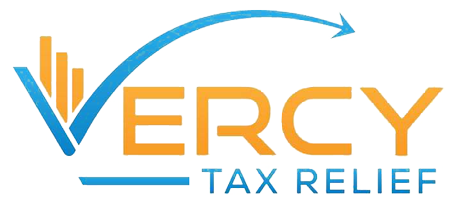Back Taxes Information
Back Taxes:
In today’s economic climate, many taxpayers find themselves with back tax balances they are unable to pay. When faced with this situation, the worst choice a taxpayer can make is to ignore the problem and hope that it will go away. The consequences of disregarding an overdue tax liability can be severe and, with more resources being allocated to the IRS for enforcement, it is going to be increasingly difficult for taxpayers who have back tax balances to remain under the radar. The best course of action is to pay the back tax balance in full if resources allow and, if not, to make maximum use of the use of the tax settlement options offered by the IRS. Although numerous new tax resolution programs have recently been initiated, the qualifying criteria are complex and may be confusing. For this reason, a taxpayer who owes back taxes may be best served by contacting a tax settlement professional for help in determining which option will offer the most effective resolution for their specific set of circumstances.
Consequences:
Assessment of Interest and Penalties
Back tax balances are compounded over time by the addition of interest and penalties to the extent that is not uncommon for these additional charges to total as much as 50% of the original tax liability.
- Interest – Because the IRS considers a back tax balance to be the equivalent of a loan from them, they charge interest on the tax amount due. The interest rate, which changes every three months, is calculated by taking the federal short term rate and adding 3%.
- Penalties – A failure-to-pay penalty is assessed at the rate of 0.25% to 1% of the back tax amount due for each month that there is an unpaid balance. The maximum amount that this penalty can reach is 25% of the original tax amount owed.
Enforced Collection Activities
Although the IRS will begin the process of collecting back taxes with passive techniques such as the issuing of an IRS letter or an IRS Notice, the collection methods become more aggressive the longer the tax bill is left unpaid. Eventually, the IRS may file a tax lien, issue a tax levy or initiate a wage garnishment.
- Liens – A tax lien is a method the IRS uses to ensure the collection back taxes by holding an ownership stake against one or more of a taxpayer’s assets. A lien can be placed on a bank account, a property or any other asset that has a significant value.
- Levies – A levy is the actual seizure of a taxpayer’s property to satisfy a tax debt. The IRS can levy physical assets, bank accounts, retirement accounts, dividends, wages and numerous other assets. A levy is one of the final steps in the taken in an attempt to collect back taxes and is usually exercised only after all other collection attempts have failed.
- Wage Garnishment – A wage garnishment is an aggressive collection technique used by the IRS to collect back taxes. When the agency issues a wage garnishment, it directs the delinquent taxpayer’s employer to deduct a predetermined amount from each paycheck and to forward that amount to them.
If you have back taxes call one of our experts at 866-258-0008. They can guide you through the process and get you back on track.

